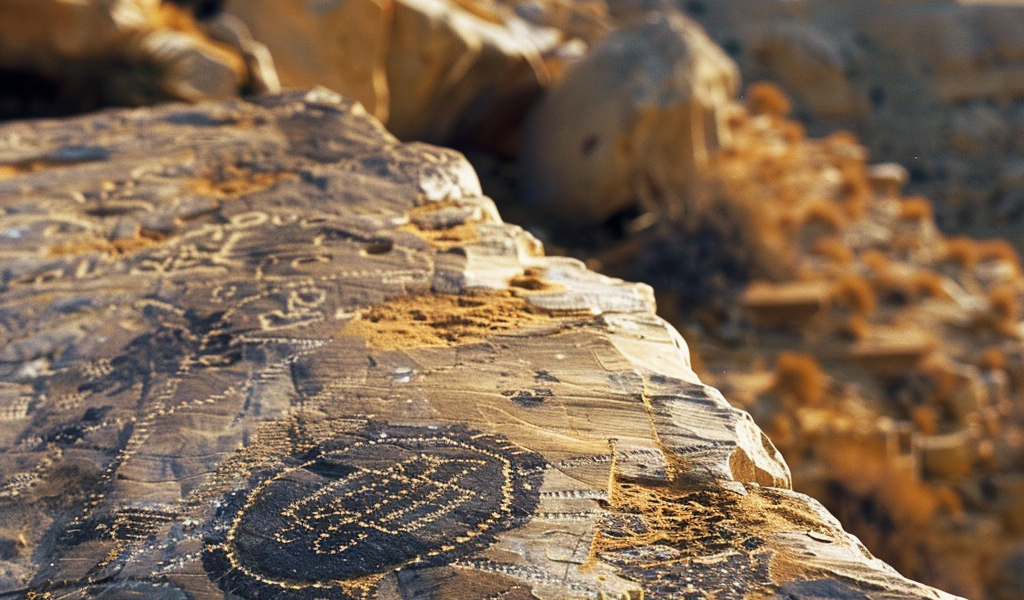In a recent study published in Frontiers in Fungal Biology, researchers have discovered that desert-loving fungi and lichens are posing a serious threat to the 5,000-year-old rock art in the Negev desert of southern Israel. The unique petroglyphs, dating back to at least the third millennium BCE, have been found to be at risk of erosion and damage due to the presence of these specialist fungi and lichens.
Laura Rabbachin, a Ph.D. student at the Academy of Fine Arts Vienna and the first author of the study, highlighted that these fungi and lichens secrete acids that can dissolve the limestone in which the petroglyphs are carved. Additionally, they can penetrate and grow within the stone grains, causing further mechanical damage over time.
The researchers collected samples from a petroglyph site in the central-western highlands of the Negev, where extreme conditions prevail with minimal rainfall and soaring temperatures reaching up to 56.3 °C in summer. By analyzing the collected fungi and lichens through various methods, the study shed light on the potential risk these organisms pose to the ancient rock art.
With thousands of carvings depicting animals and abstract forms, the Negev desert’s petroglyphs have been a significant cultural and historical treasure. However, the findings of this study raise concerns about the long-term preservation of these ancient artworks in the face of environmental threats posed by the desert fungi and lichens.
Efforts to protect and conserve the Negev petroglyphs will require a deeper understanding of the interactions between these organisms and the rock art, as well as the implementation of strategies to mitigate the damaging effects of the fungi and lichens. Preserving these archaeological wonders for future generations will be crucial in maintaining the rich cultural heritage of the region.





